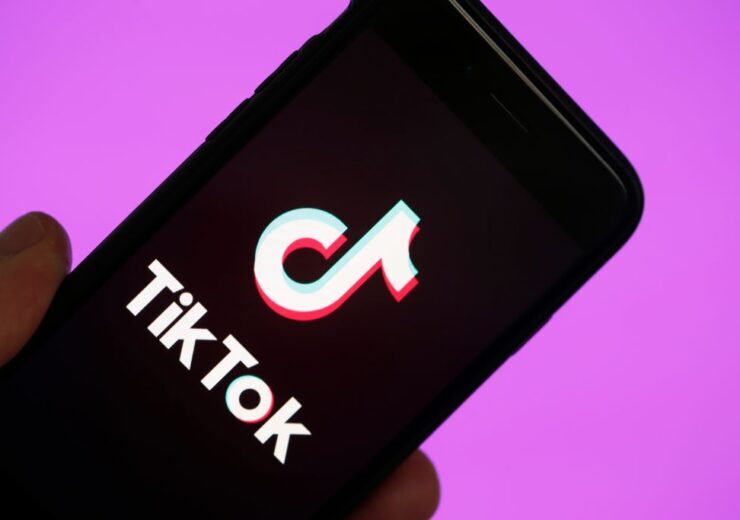UTM Stands for Urchin Tracking Module. This is a tag that will be added to the URL.
When your link is clicked, the tags are sent back to Google Analytics and tracked. With UTM parameters, you can tag your links to gauge your campaigns’ effectiveness and identify the best ways to drive more visitors to your website.
UTM Parameters – An Efficient Way To Analyse Site Traffic From Social Media
Here’s Google’s description of each of the parameters: Source, Medium, Campaign Name, Term, Content.
utm_source: Identify the social network, such as a channel, site, publisher, etc., that is sending traffic to your property, for example, Facebook, Twitter, LinkedIn, social, google, email.
utm_medium: The advertising or marketing medium, for example, CPC, banner, email newsletter, or social.
utm_campaign: The individual campaign name, used to identify a particular promotion slogan, promo code, etc., for a product, Eg. spring_sale, clothing_discount.
utm_term: Identity paid search keywords. If you’re manually tagging paid keyword campaigns, you should also use utm_term to specify the keyword, and If you want to track traffic from a specific post or comment, you can use descriptors like user_comment or july_19th_tweet
utm_content: Used to differentiate similar content or links within the exact copy. For example, if you have two different tweets linking to the same page, you can use utm_content and set different values for each to tell which tweet is more effective.
OR
Campaign Source
This is the social network, search engine, newsletter name, or other specific source driving the traffic.
Examples: Facebook, Twitter, blog, newsletter, etc.
UTM code: utm_source
Sample code: utm_source=facebook
Campaign medium
This tracks the type of channel driving the traffic, like organic social, paid social, email, and so on.
Examples: CPC, organic_social
UTM code: utm_medium
Sample code: utm_medium=fb_ad
Campaign name
Give each campaign a name so you can keep track of your efforts. For example, this could be the product name, a contest name, a code to identify a specific sale or promotion, or a tagline.
Examples: summer_sale, free_trial
UTM code: utm_campaign
Sample code: utm_campaign=summer_sale
Campaign term
Use this to track paid keywords or key phrases.
Examples: social_media, newyork_cupcakes
UTM code: utm_term
Sample code: utm_term=social_media
Campaign content
This parameter allows you to track different ads within a campaign.
Examples: video_ad, text_ad, blue_banner, green_banner
UTM code: utm_content
Sample code: utm_content=video_ad
Benefits of Using UTM Parameters in Social Media Links:
Accurate Data
Instead of a general overview of traffic from different sources, you can use UTM parameters to judge which links, CTAs, posts, and activities are the most effective driving traffic.
Time-Saver
Tracking each post through UTM will save a lot of time and effort because the alternative is to manually scroll down the timeline and sift through hundreds of posts.
A/B Testing
UTM parameters are an excellent tool for A/B testing your strategy. For example, you may think that posts with images always perform better, but is that true for your business audience? By sharing two posts tagged with the proper parameters, you can test the validity of your assumptions.
Performance Comparison
You can use UTM parameters to compare posts’ performance over time and spot the ones that pulled in the most traffic. You can then assess why these posts performed so well and test your conclusions in future campaigns.
Measuring ROI
By adding UTM parameters to your social media links, you get data demonstrating the value and impact of your social media efforts on online users, website traffic, and lead generation. You can also get a clear picture of the ROI for specific campaigns.
Refining Your Future Strategy
You can measure the impact of different social media channels and discover where you’re getting the most value for your money. This information can help you decide where to focus your marketing efforts and make your budget’s best use.
Whether organic or paid, most brands don’t use UTM parameters for their social media campaigns and later struggle to analyse the data. Stay ahead of the competition by consistently using UTM parameters in your social media.
Get accurate results from your online campaigns with us. Get in touch with Medialinks, the best digital marketing agency in Dubai.
Send us a hello, [email protected]












